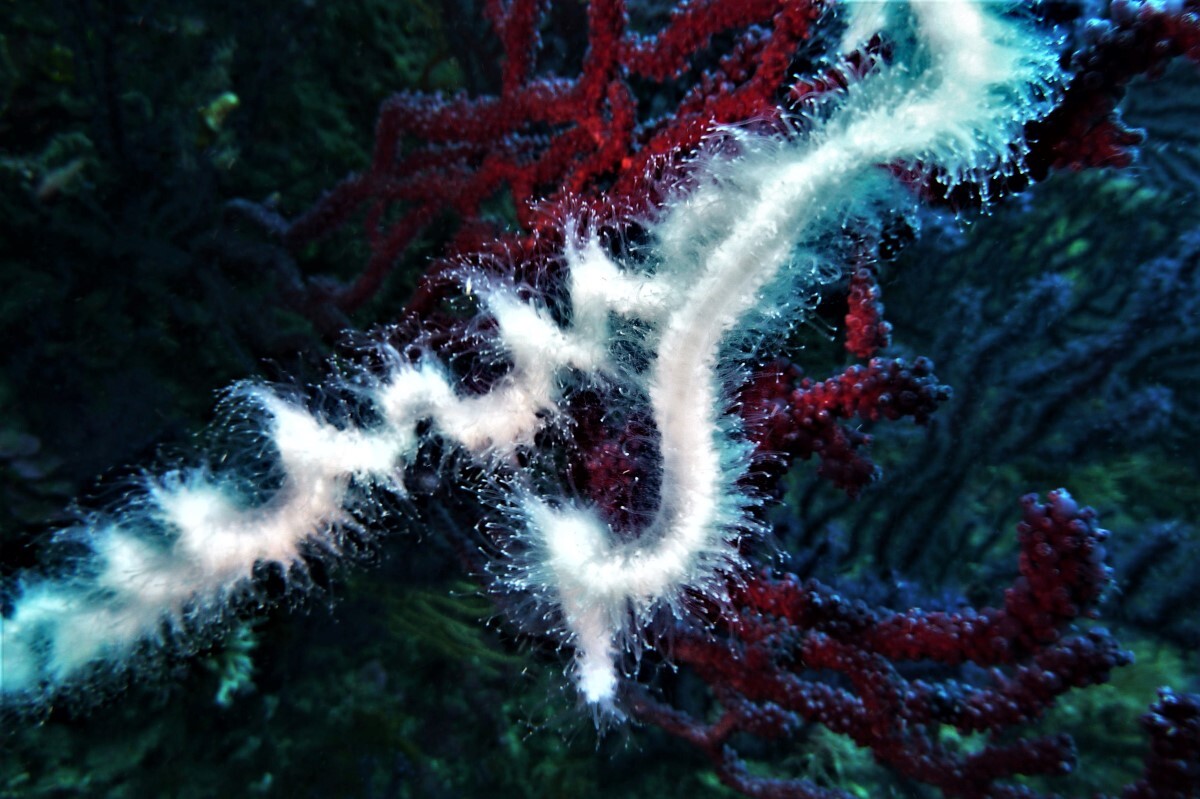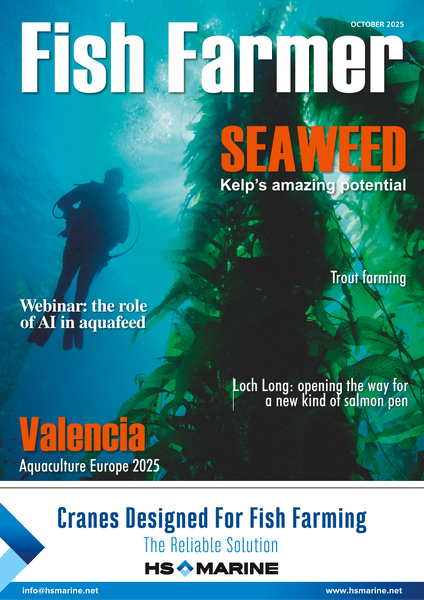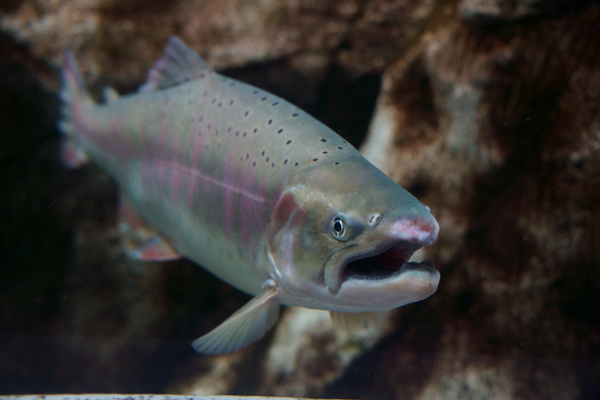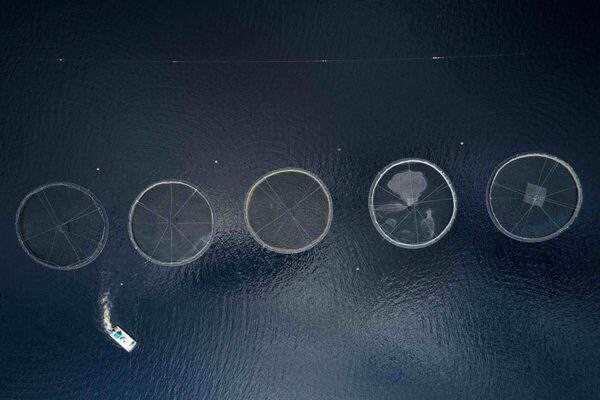Farmers fear that pearl jellyfish threat could be returning
The jellyfish which killed more than three million salmon in Norway two years ago, and several hundred thousand in Scotland, may be on the way back.

The warning over the “pearl” or “string” jellyfish has come from the Norwegian Institute of Marine Research (IMR) which says they have been observed off Troms and west Finnmark.
String jellyfish, scientifically known as Apolemia uvaria and also called Perlesnormanet or "pearl normanets" in Norway, are a type of siphonophore—a colonial organism made up of many individual animals working together. They resemble long, ragged white strings or cotton threads and can stretch up to 30 metres in length.
The encouraging news is that they may not be present in the same numbers they were two years ago.
The jellyfish has a strong stinging nettle-type poison that can harm fish – something it did in both 2024 and 2023. Its stinging tentacles can break up and are still capable of causing damage when not attached.
Before then it was more than 20 years since the last time the jellyfish occurred in large numbers and had serious consequences for coastal aquaculture.
“There are fewer observations so far than at the same time last year and the year before,” said marine scientist Tone Falkenhaug.
Where the jellyfish come from and why their numbers have increased in recent years is still something of a mystery. That’s one of the questions that researchers at the IMR’s Jellysafe group are trying to answer.
One hypotheses is that the pearl jellyfish arrived with the influx of Atlantic waters.
“There are several factors that indicate that the jellyfish are being transported to the Norwegian coast, “ says Falkenhaug.
Previous results confirm that the pearl jellyfish drifts in the mid-Atlantic and mainly enters Norwegian waters via the Faroe Strait, says Falkenhaug. Some may start their journey west of Scotland, the scientists believe.
What will still remain a mystery is what journey they have had before this, since pearl jellyfish are not tied to the seabed, but drift around with the currents.
The modelling work at least strengthens the hypothesis that the Atlantic current is the transport route for the jellyfish.
Why not try these links to see what our Fish Farmer AI can tell you.
(Please note this is an experimental service)




